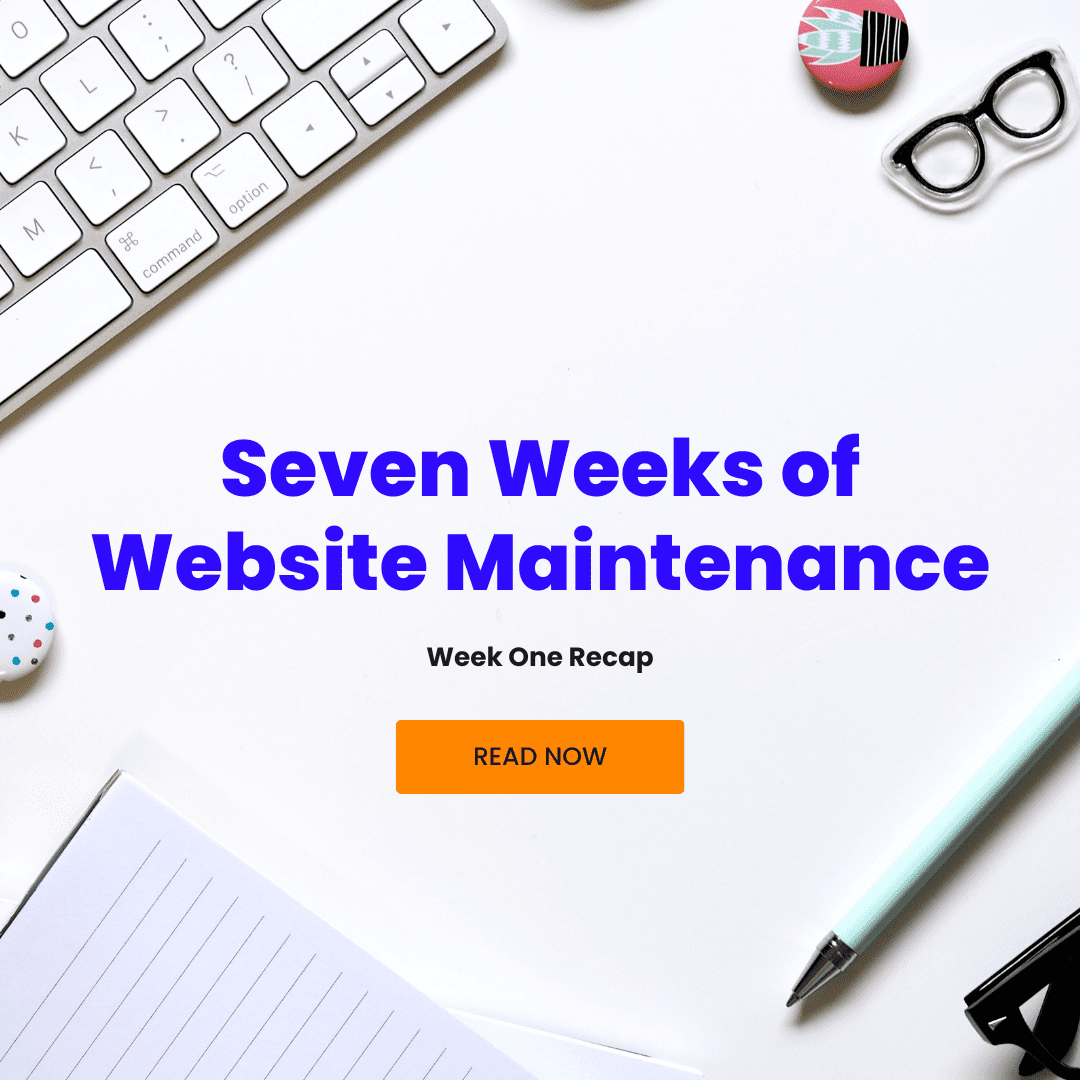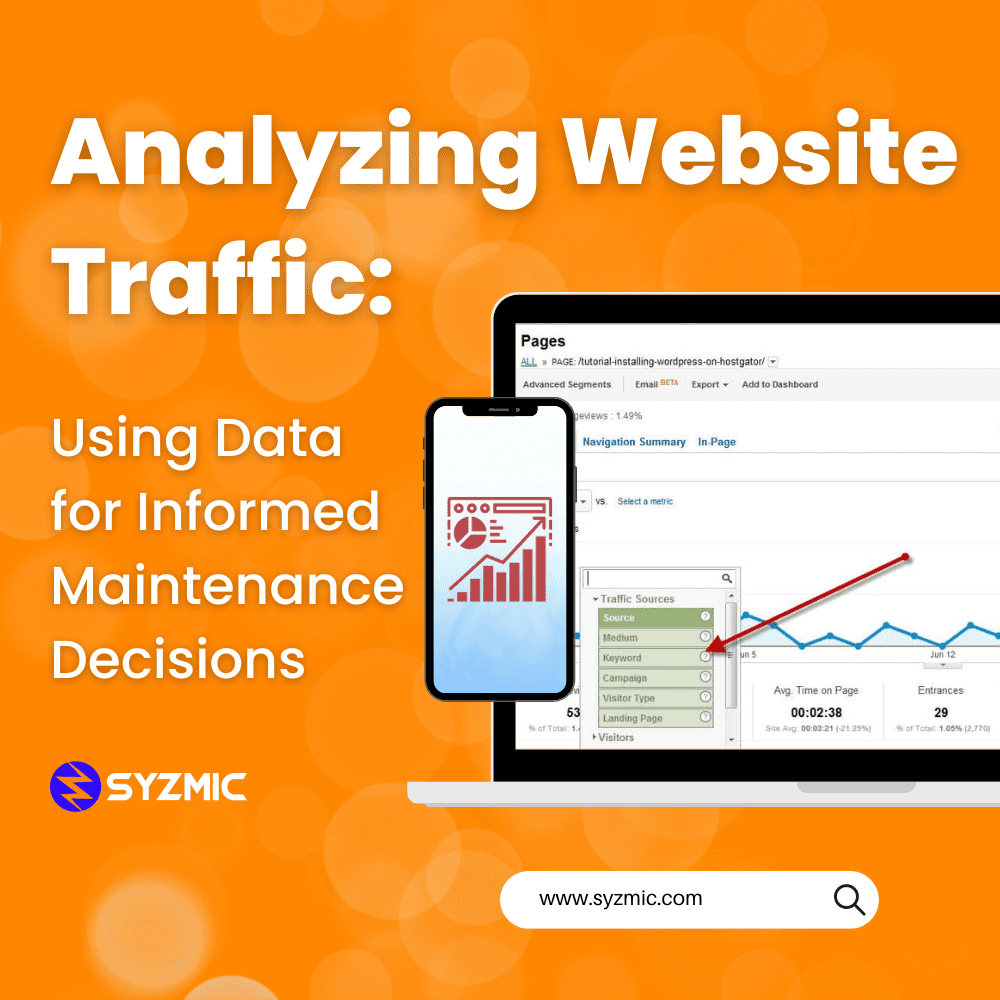Recently, we asked marketing agencies what their most significant pain point was when it comes to web development. The answer, resoundingly, was scope creep!
To prevent the problem, we must fully understand what scope creep is and why it happens.
What is scope creep?
Wrike puts it best, “Scope creep (sometimes known as “requirement creep” or “feature creep”) refers to how a project’s requirements tend to increase over a project lifecycle, e.g., what started as a single deliverable, becomes five.”
Unfortunately, scope creep is a widespread issue with web development because most people don’t understand the labor that goes into building websites. On the surface, adding another page, plug-in, or form seems easy, but the backend development can be extensive. These assumed “easy fixes” affect project deadlines, cost, design, and functionality.
The most essential rule in avoiding scope creep is – set clearly defined project details before kickoff.
This might seem like a “no-brainer,” but it is often overlooked. When Syzmic builds a standard brochure site on behalf of a marketing agency, we find out exactly how many pages are needed, the desired design aesthetic, and the specific functionalities the site requires. If a customer is still in the project’s discovery phase, we recommend features that might benefit their business, like a blog or booking software. We want them to fully understand all of the options.
We recommend investing a significant amount of time in going through the project in detail with the client, ensuring that you have a solid understanding of their goals and expectations and that they know how various website features could accomplish their business goals. Out of this process, you should be able to draft a project plan that lists each page by title and includes each page’s purpose, features, and functionality.
By taking the time to define the project’s scope up-front, the clients are better able to understand the value and costs associated with the website. Consequently, they will be less likely to request changes later. But, just in case, it is smart to make them aware of the additional costs and delays associated with change orders after the build starts.
Another way to avoid scope creep is – have a defined review and approval process.
Solidify revision rounds and clarify what the client is critiquing in each round. At Syzmic, we do two rounds of client reviews, V1 and V2.
V1 includes the review of 3 or 4 pages that create the website’s foundation and represent a few of the different page layouts. For example, the home page, contact page, blog, and secondary page may be presented in V1. In V1, we are looking for their feedback on the overall design; color scheme, font selection, layout, imagery, etc. Once we’ve received their feedback from V1, we go into V2, the development.
In V2, we build out the site entirely. Then, we ask for feedback on every page and encourage them to test forms and features. Edits are made based on the input, and the site is ready to launch.
Our last suggestion to prevent scope creep is – create a timeline and stick to it.
In our website proposal, you’ll see that we list specific dates for V1 and V2 review along with our target launch date. In our experience, the longer the project goes on, the higher the chance of scope creep. If a simple brochure site (5-10 pages) drags on for six months, the client’s business will likely shift and they may want to tweak the concept or add/subtract pages. It’s best to wrap projects up as efficiently as possible and offer support post-launch.
Overall, the key to preventing scope creep is communication. If you notice scope creep starting to appear, let the client know it’s outside of the agreed-upon proposal and that you’d be happy to work on that post-launch. We always like to remind clients that your new website is a starting point. As their business evolves, so will their website.
Please reach out to us if you have any questions about scope creep or need assistance with a project. Thanks for reading!








0 Comments